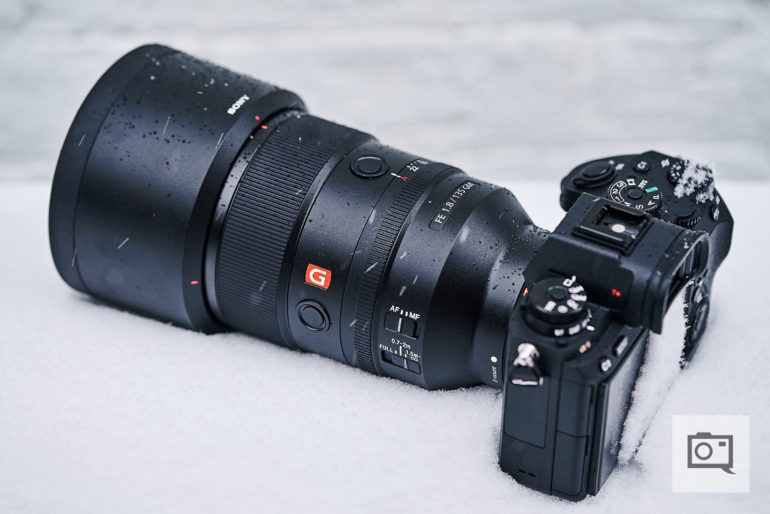
Prime lenses are frowned upon, but they continue to be one of the ideal options for many professionals. While they may seem limiting in focal range, these lenses are perfect for various things: bokeh, quality, and compactness. If you’re considering buying a mid-range or longer prime lens, the ones listed here will be of help to you. Here is a quick look at the best options.
Tokina Opera 50mm F1.4 Lens
The Tokina 50mm prime lens is the first model in the newly introduced Opera premium lens lineup. While they are designed for DSLRs, they can be used for mirrorless mounts. The lens features a minimum focusing distance of 0.4m, internal focus, and 9 aperture blades. The device also features 15 elements in 9 groups, which helps in offering excellent sharpness and creamy bokeh. Additionally, you receive weather sealing and robust build quality. As we said in our review, “The biggest reason that you will want to consider adding the Tokina Opera 50mm f1.4 into your arsenal is the gorgeous image quality this lens is capable of rendering. As far as 50mm lenses go, this is one of the best I’ve had the pleasure of using.”
Canon RF 85mm F1.2 L USM

The Canon RF 85mm f1.2 L USM is a part of the company’s glorious L lens portfolio. A portrait prime lens, the 85mm can do a lot in a short time. It comes with 9 rounded aperture blades, a maximum magnification of 0.12x, and has an 82mm filter thread. You also get a minimum focusing distance of 0.85m, along with one aspheric element and one UD lens for controlling chromatic aberration. Some of the things it can do include quick autofocus, razor-sharp image quality, and robust weather sealing. Or as we wrote, “The Canon RF 85mm f1.2 L USM produces truly beautiful bokeh, excellent sharpness, plenty of micro-contrast, and overall exceptional image quality. Its performance is quite snappy as well and it’s capable of focusing and tracking fast-moving subjects quickly and accurately.”
Sony 135mm F1.8 G Master

The Sony 135mm f1.8 G Master is another powerful prime lens that features 13 elements in 10 groups. There are also 11 aperture blades, a minimum focusing distance of 2.3 feet, and a maximum magnification ratio of 0.25x. What makes it exceptional includes its excellent image quality, dust and moisture resistance, and it is lighter than other 135mm lenses. As we said in our review, “In addition to acquiring and maintaining focus quickly and reliably, the Sony 135mm f1.8 G Master creates images that marries corner to corner sharpness with lifelike colors, minimal distortion, and little to no chromatic aberrations. In focus areas appear tack sharp and defocus into velvety smooth bokeh, helping your subjects stand out from the rest of the frame.”
These three lenses are also winners of the Editor’s Choice Awards in 2019. Despite several years having passed, these lenses continue to shine best even today.

